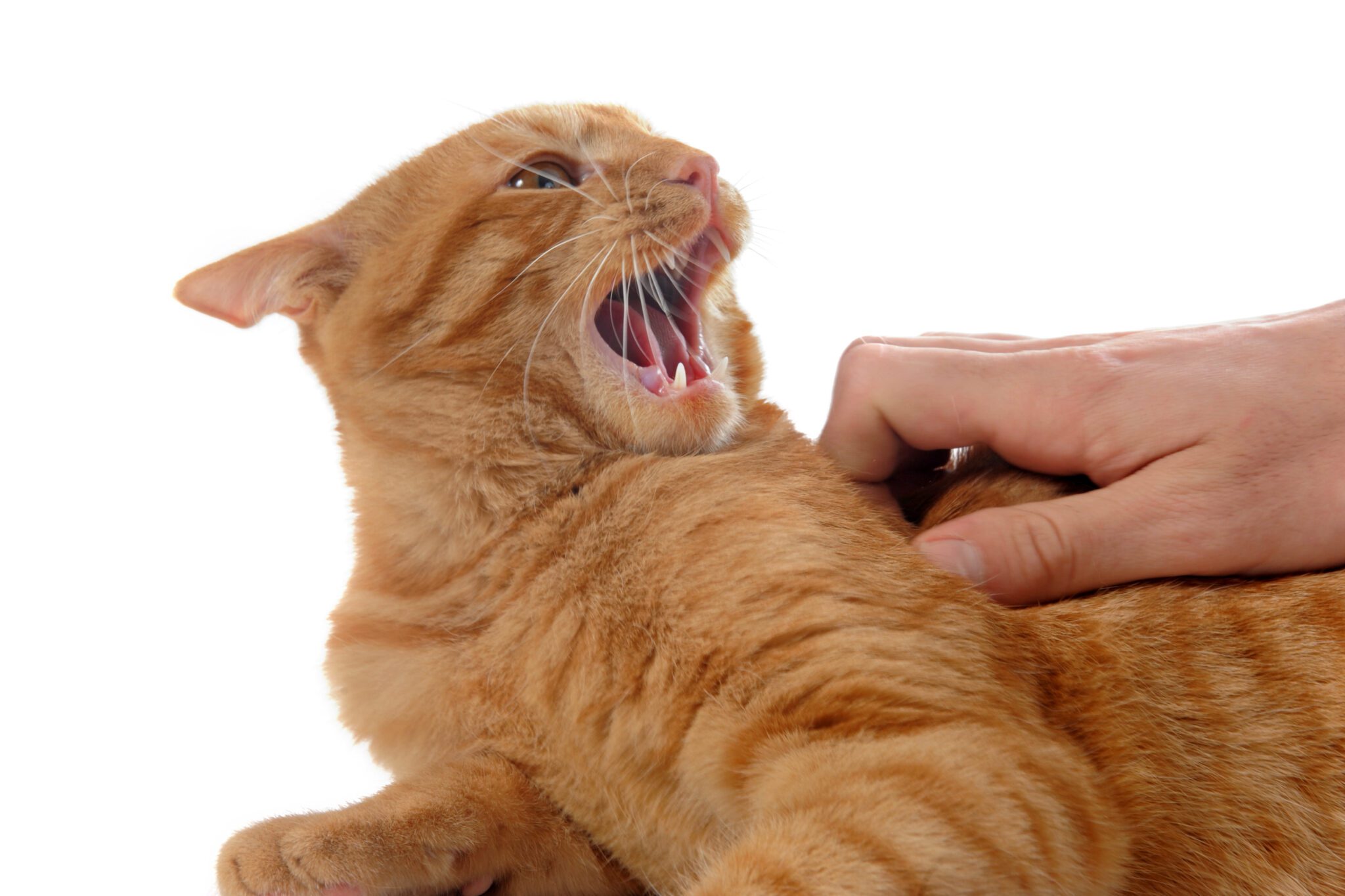
Canine Osteoarthritis: Symptoms and Treatments
Canine osteoarthritis is a common condition that affects many dogs, especially as they age. This degenerative joint disease can significantly impact your dog’s quality of life, causing pain, stiffness, and decreased mobility. Understanding the symptoms and available treatments for canine osteoarthritis is essential for managing this condition and ensuring your furry friend remains as comfortable and active as possible. If you suspect your dog might be suffering from osteoarthritis, call Back Bay Veterinary Clinic at (617) 247-2273 or make an appointment online for a thorough evaluation and personalized treatment plan.

Understanding Canine Osteoarthritis
Canine osteoarthritis, also known as degenerative joint disease, is a progressive condition characterized by the breakdown of joint cartilage and the development of bone spurs. It is one of the most common causes of chronic pain in dogs. This condition can affect any joint but is most frequently seen in the hips, knees, elbows, and lower back. Large and giant breeds, such as Labrador Retrievers, Golden Retrievers, and German Shepherds, are particularly susceptible, but osteoarthritis can affect dogs of any size or breed.
Symptoms of Canine Osteoarthritis
Identifying the symptoms of canine osteoarthritis early can help in managing the condition effectively. Dogs with osteoarthritis often exhibit the following symptoms:
- Limping and Lameness: One of the most noticeable signs is limping or favoring one leg over the other. This can be more apparent after exercise or long periods of rest.
- Stiffness: Dogs may appear stiff, especially after getting up from lying down. This stiffness may improve with movement.
- Decreased Activity: A dog with osteoarthritis might be less willing to play, run, or go for walks. They may also tire more quickly during physical activity.
- Difficulty with Mobility: Jumping onto furniture, climbing stairs, or getting into the car can become challenging for dogs with osteoarthritis.
- Behavioral Changes: Dogs in pain might become irritable, anxious, or less social. They may also show signs of discomfort when touched or handled.
- Visible Swelling: Some dogs may develop swelling around the affected joints, which can be tender to the touch.
- Muscle Atrophy: Over time, dogs with osteoarthritis may experience muscle loss in the affected limbs due to reduced usage.
Diagnosing Canine Osteoarthritis
A proper diagnosis of canine osteoarthritis involves a thorough physical examination by your veterinarian, including a detailed history of your dog’s symptoms and lifestyle. Diagnostic tests that may be used include:
X-rays
X-rays can help identify changes in the bone and joint structures, such as bone spurs and joint space narrowing, which are indicative of osteoarthritis.
Joint Fluid Analysis
Analyzing the fluid within the joints can help rule out other conditions that might mimic osteoarthritis symptoms, such as infections or immune-mediated diseases.
Blood Tests
Blood tests may be performed to check for underlying conditions that could contribute to joint issues, like Lyme disease or other infections.
Treatment Options for Canine Osteoarthritis
While there is no cure for canine osteoarthritis, several treatments can help manage the symptoms and improve your dog’s quality of life. A combination of approaches often yields the best results.
Medications
Medications are commonly prescribed to manage pain and inflammation associated with osteoarthritis.
- Non-Steroidal Anti-Inflammatory Drugs (NSAIDs): NSAIDs are often the first line of treatment to reduce pain and inflammation. These should be used under veterinary supervision due to potential side effects.
- Pain Relievers: In addition to NSAIDs, other pain relief medications like gabapentin or tramadol may be prescribed to help manage chronic pain.
- Joint Supplements: Supplements such as glucosamine and chondroitin can support joint health and may help slow the progression of osteoarthritis.
Physical Therapy and Exercise
Regular, low-impact exercise is crucial for maintaining muscle strength and joint flexibility. Your veterinarian may recommend physical therapy sessions that include:
- Hydrotherapy: Swimming or underwater treadmill exercises provide low-impact resistance that can improve muscle strength without stressing the joints.
- Massage Therapy: Massage can help relieve muscle tension and improve circulation around the affected joints.
- Range-of-Motion Exercises: These exercises help maintain joint flexibility and reduce stiffness.
Weight Management
Maintaining an optimal weight is essential for dogs with osteoarthritis. Excess weight puts additional strain on the joints, exacerbating pain and mobility issues. Your veterinarian can help develop a weight management plan that includes a balanced diet and appropriate exercise to keep your dog at a healthy weight.
Alternative Therapies
Several alternative therapies may complement traditional treatments for canine osteoarthritis. Acupuncture can help relieve pain and improve mobility by stimulating specific points on the body. Cold laser therapy uses light to reduce inflammation and promote healing in the affected joints. Stem cell therapy involves injecting stem cells into the affected joints to promote tissue regeneration and reduce inflammation.
Living with Canine Osteoarthritis
Managing canine osteoarthritis is a long-term commitment that requires a comprehensive approach to care. Here are some tips to help your dog live comfortably with osteoarthritis:
- Soft bedding, ramps for furniture, and non-slip flooring can make it easier for your dog to move around.
- Adapt your dog’s exercise routine to include more low-impact activities. Short, frequent walks are often better than long, strenuous ones.
- Regular veterinary check-ups are essential to monitor the progression of osteoarthritis and adjust treatment plans as needed.
- Keep up-to-date with the latest treatments and management strategies for canine osteoarthritis to provide the best care for your dog.
The Role of Nutrition
A well-balanced diet plays a vital role in managing canine osteoarthritis. Specific diets designed for joint health often contain ingredients that support cartilage maintenance and reduce inflammation. Omega-3 fatty acids, which are found in fish oil, have anti-inflammatory properties that can help reduce joint inflammation. Vitamins E and C, and other antioxidants, help combat oxidative stress, which can damage joint tissues. Some commercial diets are specifically formulated for joint health, containing balanced levels of protein, fats, and other nutrients beneficial for dogs with osteoarthritis.
Partnering with Your Veterinarian for Effective Management
The most effective way to manage canine osteoarthritis is through a partnership with your veterinarian. Regular visits allow for continuous monitoring and adjustment of your dog’s treatment plan. Your veterinarian can provide guidance on the best combination of treatments for your dog’s specific needs, ensuring they remain as comfortable and active as possible. At Back Bay Veterinary Clinic, we are dedicated to helping your dog live a happy and pain-free life despite osteoarthritis. If you notice any signs of osteoarthritis in your dog or have concerns about their joint health, please call us at (617) 247-2273 or make an appointment online.
Recent Posts
- « Previous
- 1
- 2
- 3
- 4
- Next »










